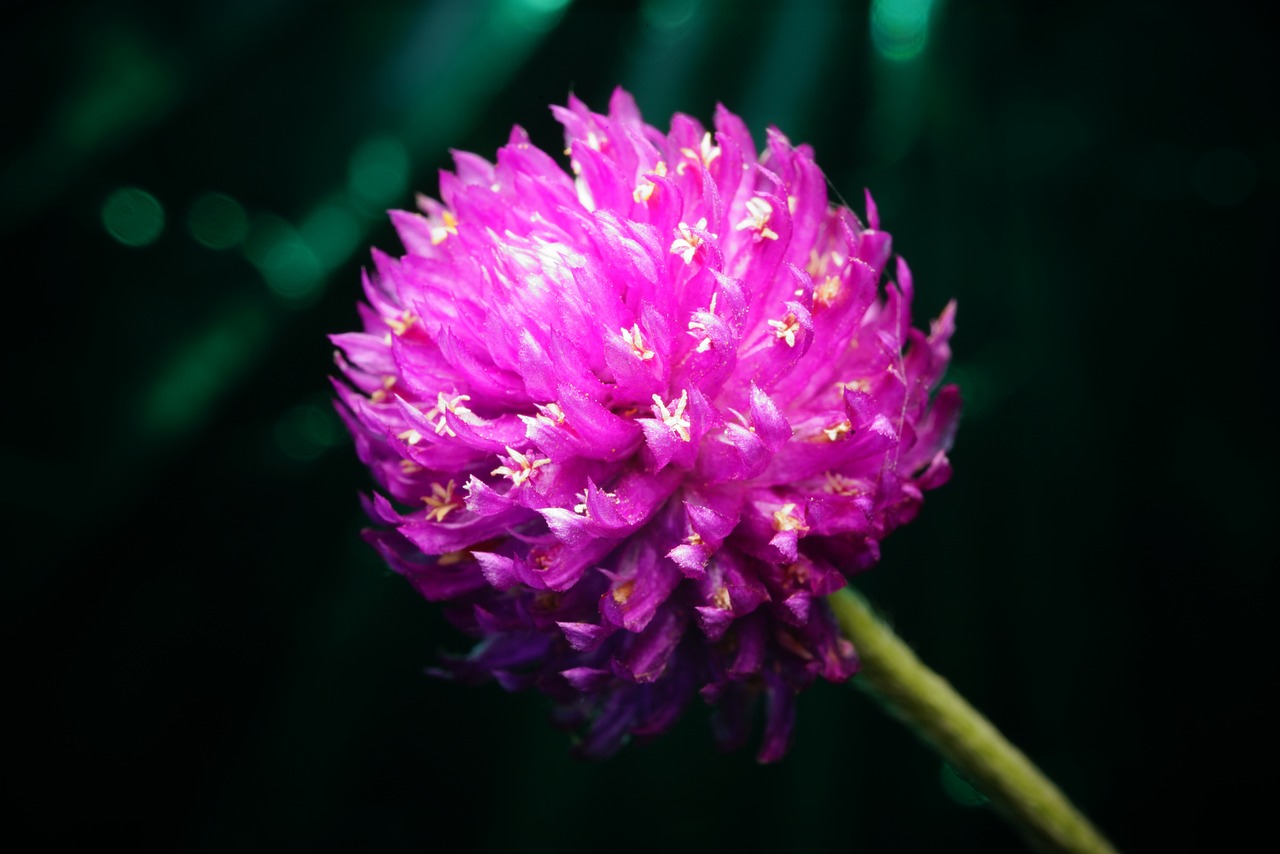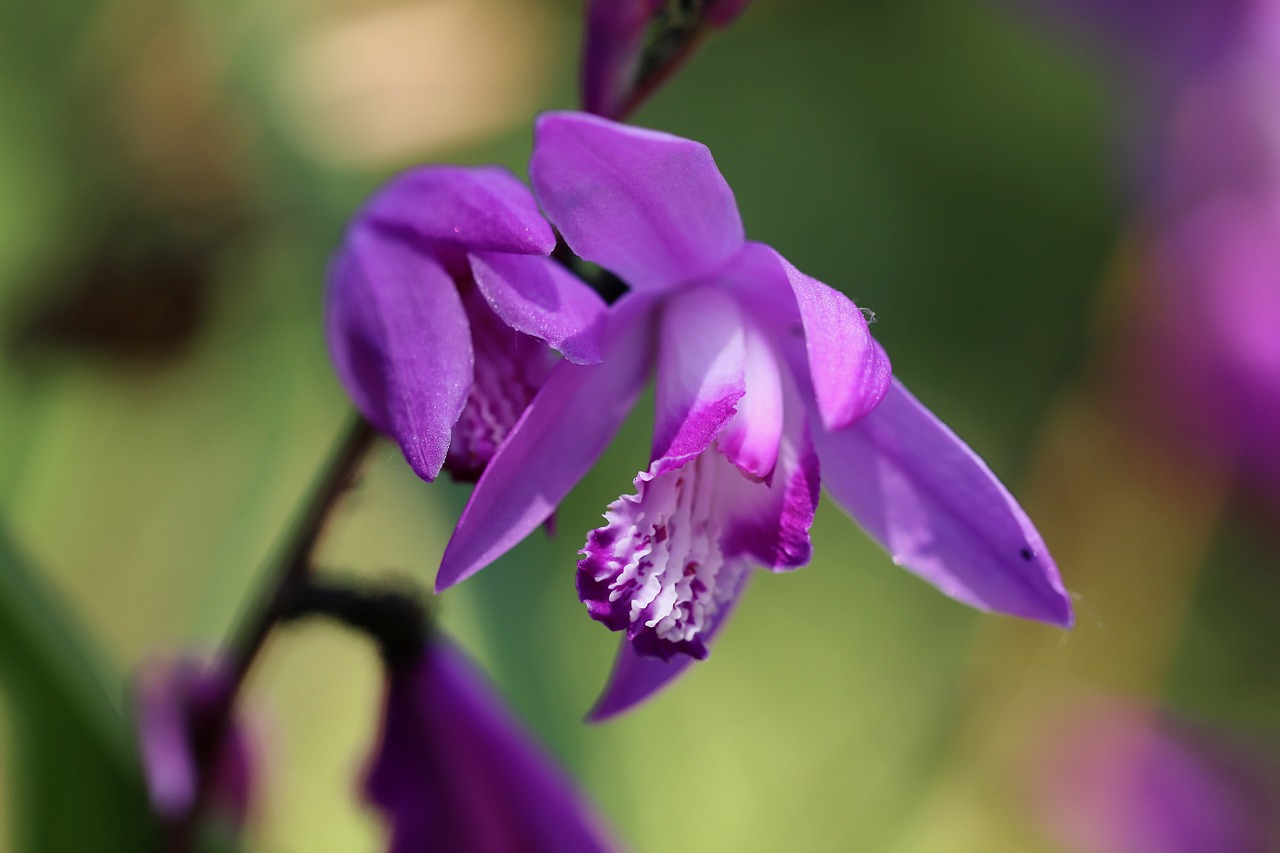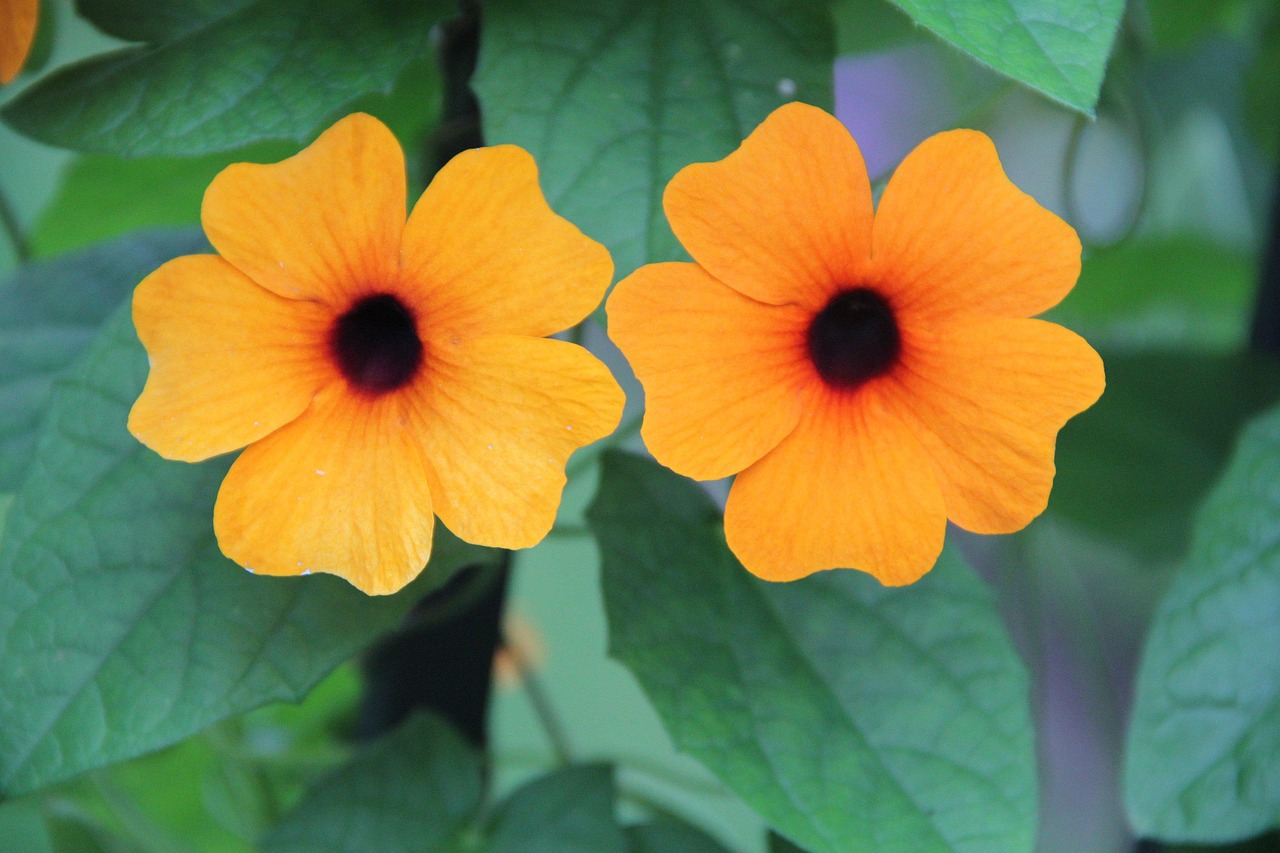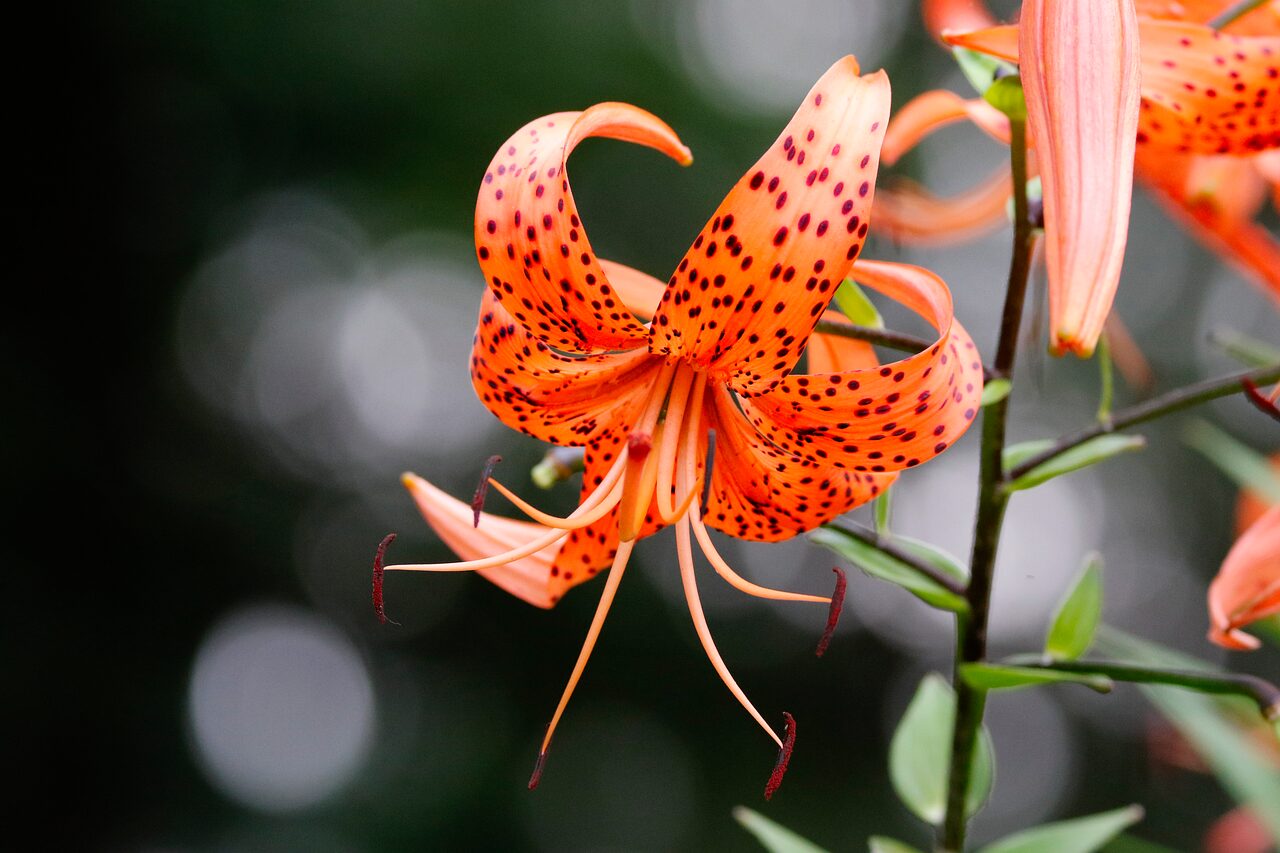Veronica spicata | A Spike of Prayer and Healing Blossoms in Medieval European Herb Gardens
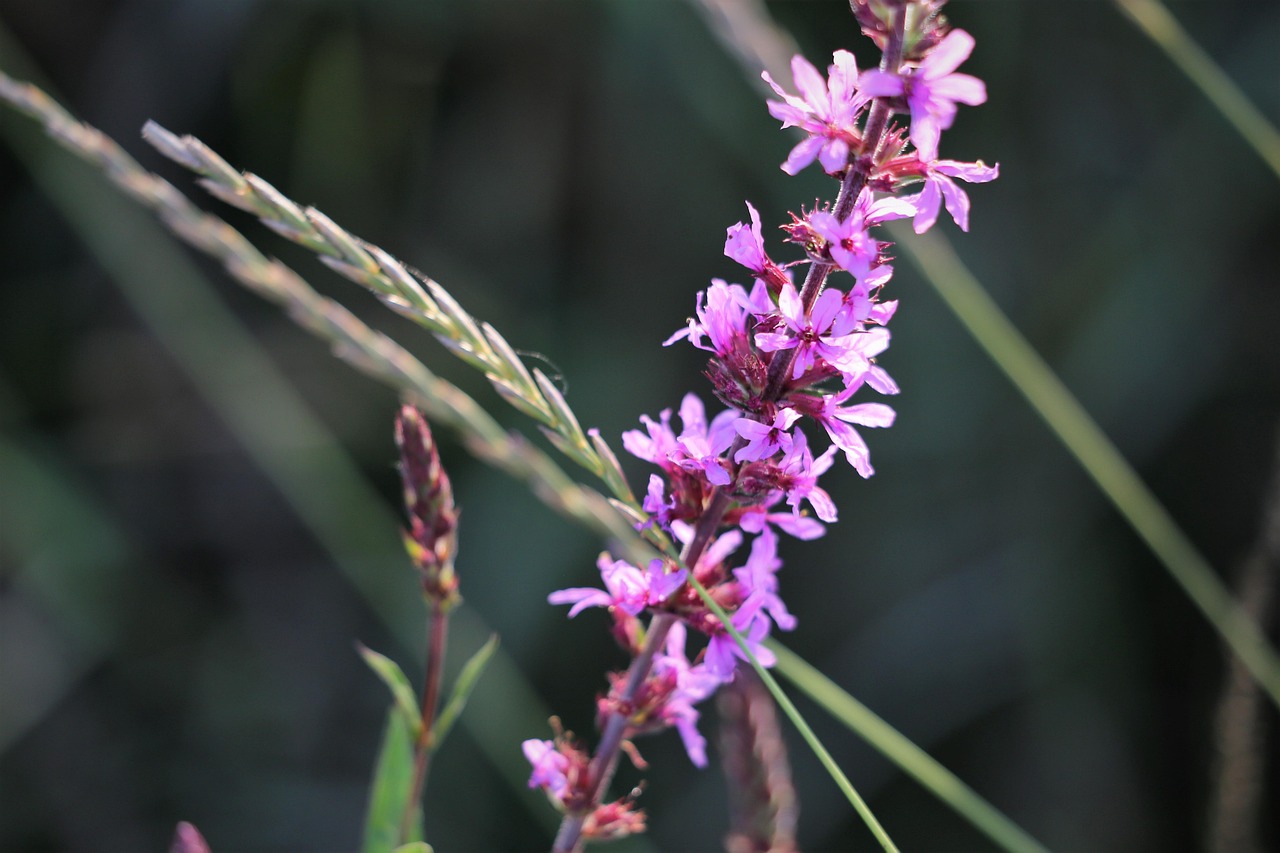
Veronica spicata, known in Japanese as Himeluri Toranoo, is a perennial plant that produces slender flower spikes densely covered with blossoms in shades of violet-blue, pink, and white.
Because it blooms for a long period from early to late summer, it has been a popular choice in flower beds and border gardens.
In this article, I will introduce its basic information, cultural and historical background, and practical tips on how to grow it.
Basic Information
- Scientific name: Veronica spicata
- Family: Plantaginaceae
- Origin: Europe to Western Asia
- Appearance: The plant grows 30–70 cm tall with upright stems topped by spike-shaped flower clusters. The small flowers are densely packed, mainly violet-blue, though cultivated varieties in pink and white also exist. The opposite, lance-shaped leaves give the plant a clean and elegant impression.
- Blooming season: June to August
Cultural Significance Around the World
Veronica spicata has long been admired in Europe as an ornamental plant.
In the garden traditions of Britain, Germany, and France, it was often used to line formal flower beds or to add vertical accents in perennial borders.
In Britain, from the 19th century onward, it was valued in cottage gardens, where it contributed to a natural and refreshing atmosphere. Its violet-blue hue was especially prized for lending a cooling effect to summer gardens.
In parts of Northern and Eastern Europe, it also grows naturally in meadows and hillsides, where it harmonizes with native wildflowers.
More recently, it has gained popularity in wildflower gardens and naturalistic landscape design.
Historical Episodes
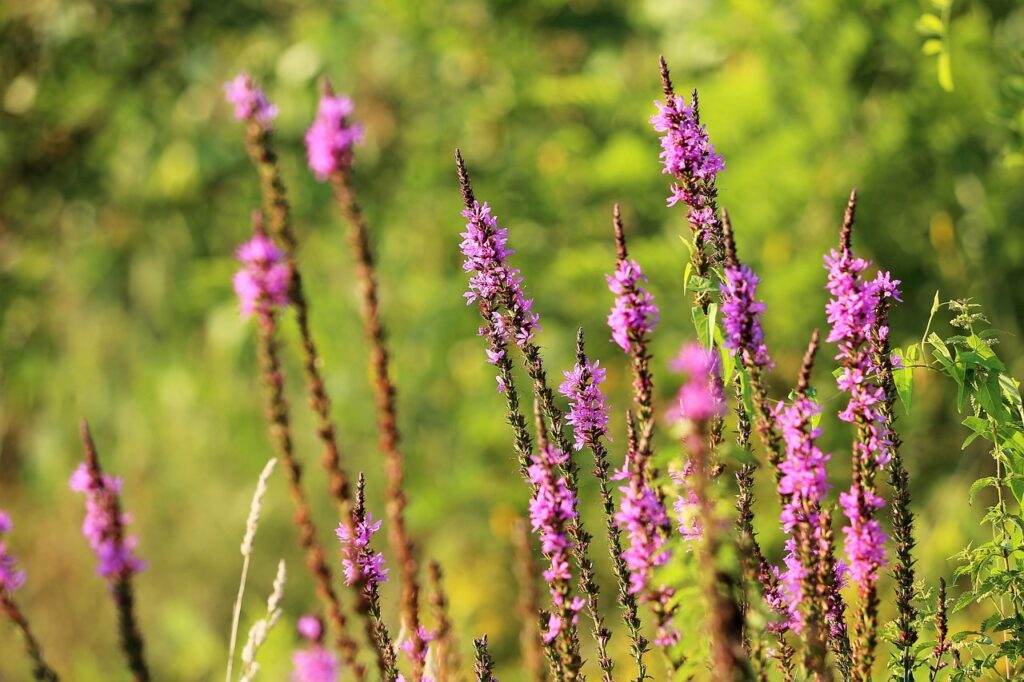
The genus Veronica has been known since ancient times across Europe. Its name is said to derive from Saint Veronica in Christian tradition, and the name became significant in botanical classification from the medieval period onward.
Veronica spicata itself was already recognized as a horticultural plant in the 18th century, with records preserved in the botanical gardens of the Russian Empire and the Austro-Hungarian Empire.
By the 19th century, British horticulturists had developed various hybrids, and cultivars with violet-blue flowers became especially popular.
In Germany and the Netherlands, it has been cultivated in rural home gardens for centuries, becoming an essential element in traditional perennial borders.
Gardening Advice
Veronica spicata thrives in sunny, well-ventilated locations but is somewhat sensitive to excessive moisture and humidity, so proper care is important.
Sunlight
Prefers full sun. Insufficient sunlight can reduce flowering.
Watering
Once established in the ground, it requires little watering unless conditions are extremely dry. In containers, water moderately when the soil surface has dried.
Soil
Well-drained, slightly dry soil is ideal. Adding compost or sand improves drainage.
Fertilizer
Apply a slow-release fertilizer in early spring to encourage growth. Avoid over-fertilization, which can cause legginess.
Pruning
Remove spent flower spikes to maintain shape and encourage new buds. Cut back stems to ground level in autumn for easier overwintering.
Hardiness
Quite hardy and capable of overwintering outdoors even in cold regions. Light mulching is recommended in areas with heavy snowfall.
Conclusion
Veronica spicata is a perennial plant with long-lasting flower spikes that bloom from early to late summer. It has played an important role in European garden traditions and naturalistic plantings.
With a genus name rooted in Christian heritage and records of cultivation dating back to the 18th century, it remains a beloved garden plant today.
Thanks to its cool-toned flowers and refined form, it continues to be widely used in garden design. With proper sunlight and drainage, it makes a striking accent or border plant in any garden.

